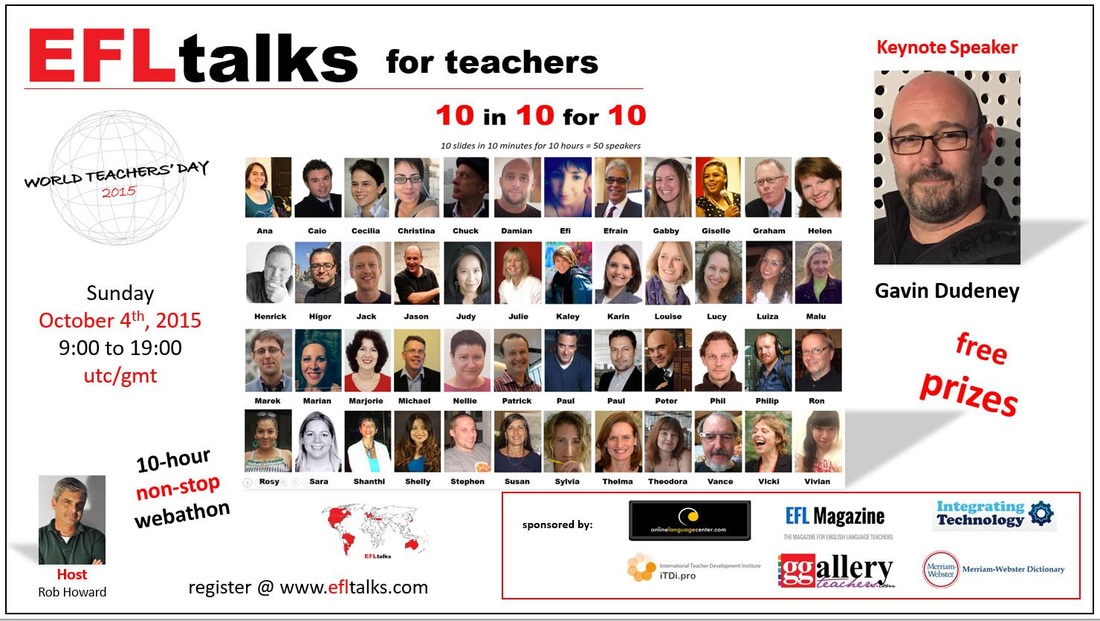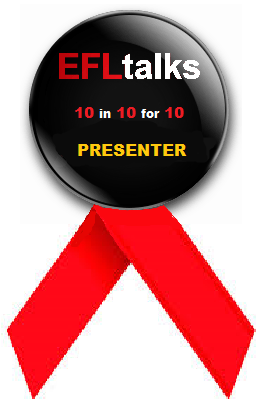thereby unleashing their creativity, hiding their shyness to speak English behind the characters of the cartoon.Image credit: https://toontastic.withgoogle.com Hi teachers and language students! Have you ever heard of TOONTASTIC? Today I'm really excited to present to you TOONTASTIC, which I discovered very recently. It's an excellent app that you download on your phone. You then ask students to prepare, either spontaneously or with a script, a small sketch in which they take advantage of all the fun activities that are available on this to create a short story. It's very exciting, very easy to use, can be used offline as well and I'd like to give you some examples of what some of my students created in the video below. The very young students under age six need a lot of help with laying out the story and practising what to say before recording the one-minute scenes but older students are able to do it all by themselves. I also use this with some high school students and they can explain a scientific experiment, a historical event or represent a topic, as some 10-year olds did recently, by inventing a sketch on bullying which was very effective to convey an important message. Image credit: https://toontastic.withgoogle.com There are three possibilities: a 3-scene sketch called Short Story, a 5-part sketch called Classic Story or a 5-part Science Report. The students can use the characters proposed as they stand, customise them changing their colours, adding photos of the students' faces on them or drawing the characters themselves. For language learning purposes I ask them not to waste time on changing the characters because our objective is practising the English language. There are various settings to ignite the students' imaginations and in each setting many exciting things happen such as the cannonball shooting out when ignited, the volcano exploding when touched, the cable-car starting and stopping, doors opening and closing, all activated by the students touching various parts of the settings. The characters themselves also have exciting surprises such a those whose parachute opens, those whose tongue licks out unexpectedly and so on. As you can see, it's a very flexible app that can be used by all ages and what's exciting is that even shy students can speak because they hide behind the character and it really gets people talking. So the most interesting characteristic of this application is that we're getting students to finally speak and speak spontaneously. That's why I don't correct every mistake they make because it's better for them to become confident making a few mistakes than correcting every grammar point and then being shy to speak. So I definitely recommend TOONTASTIC. Have fun with it, try it out and as you can see, at the end it really turns out like a real film: they also show who made it which makes it a little more fun and realistic - directed by... starring... etc. Please write your experiences with the app in the comments below. It will be really interesting to hear all the different ways you use this app. Hoping to have shared some useful information. Your fluency teacher, Susan Images credit: https://toontastic.withgoogle.com
20 Comments
International venues are the perfect place for you to practise your English & for me to discover mistakes which I can teach my students to avoid. Today I'm at the European Inline Speedskating Championships in Portugal & the speaker is doing an excellent job of introducing the skaters and cheering them on, giving us the results in a variety of languages, the main one obviously being English. He speaks it very fluently and comprehensibly but makes mistakes because he sometimes thinks in his own language and uses the wrong collocations. As we were leaving the track, for example, he kindly wished us, "Make a good lunch!" Now MAKE LUNCH means to prepare it whilst he almost certainly meant, "Have a good lunch", because HAVE LUNCH means to enjoy lunch. So it's very important to learn chunks of language to sound as natural as possible. Chunks can also be longer groups of words which are always used together. When you read, listen to native speakers and watch films, observe the sentences which are used repeatedly together and learn to use them so you sound natural. Chunks are like Lego pieces of different colours, sizes & lengths. You can build them together in various combinations but you will always sound more natural than if you translate. Take my word for it, use chunks to sound more natural! I hope these tips were useful for you! Write some chunks in the comments box below for others to learn. Your English fluency guide, Susan How about answering some exciting WOULD YOU RATHER… questions? - Susan’s Conversation Tips13/6/2017 Answer my questions motivating your choices!! Stimulating students to speak is always a challenge. Would you rather... questions give students two specific choices to discuss and they can give their personal opinion moving on to the next question but it can also be subject of debate in class – each standing for their own opinion and trying to convince the others... Do you know the meaning of WOULD YOU RATHER...? Would you rather means would you prefer... and I have five exciting would you rather questions for you to give you some food for thought: Now, I'd like you to write the answers to these questions in the comments box below because it's exciting to hear all your different opinions. 1. Would you rather work for yourself or for an employer? Would you prefer to be an entrepreneur or would you prefer to work for someone else? Personally I don't enjoy working for an employer because I'm a very independent person and I like to do my own thing so that's my answer... but what about yours? 2. Would you rather spend the night in a luxury hotel or camping surrounded by beautiful scenery? So spend the night in a luxury hotel or would you rather go camping and be surrounded by absolutely beautiful scenery? Would you rather stay in a luxury hotel or camping? Well, my answer to that one is I love nature so I have no doubt that I would enjoy camping in most beautiful scenery. 3. Would you rather win an Olympic Gold Medal or win the Nobel Peace Prize? Now that's a difficult one because both are really exciting but personally maybe I'd like to impact the world with peace and therefore win the Nobel Peace Prize even though a gold medal sounds really exciting at the Olympic Games. What about you? Write your opinion in the comments box. 4. Would you rather have your 1st child when you are 18 or 40 years old? Now I didn't really plan on having children that late but it so happens that I was closer to 40 than to 18 when I had my children and despite it not being a choice, it turned out to be very good for me because it gave me plenty of time to do all the traveling that I really loved and then it rejuvenated me because I had to face all the challenges of bringing up two young children at not such a young age so I wouldn't recommend 40 but if it so happens, don't worry about it because it can be really exciting and rejuvenating. What about you? What's your opinion? 5. Would you rather your kids wore a school uniform or clothes of their own choice? Would you rather they had the possibility to choose their own clothes every morning? School uniform or your own clothes? Well, I went to school in Britain and of course there we all have a school uniform so I didn't even think about it but then later my children wore their own clothes to primary school so when the school implemented a uniform at middle school we weren't too happy about it. However, it did work out to be very practical because you got up in the morning and didn't worry about what you were going to wear; you always knew that you had the school uniform to wear so it wasted less time in choice it also reduced our wardrobe. A uniform does have the effect that there are no comparisons: “look what I'm wearing”, “mine is nicer than yours” and so on, as can happen in some schools. So I suppose a school uniform is not a bad choice after all. Now what are your opinions on these would you rather questions? I'm looking forward to reading your answers in the comments below. I hope you find these questions stimulating. Susan
The ONLY WAY to BECOME FLUENT in A LANGUAGE is BY USING IT. I have therefore created A SONG TO MEMORISE EXPRESSIONS regarding housework, A CARD GAME TO CONSOLIDATE these expressions and A FILM WITH QUESTIONS TO TEST how well they have been retained.
The results are surprising: students are constantly engaged, having fun and learning a lot! I hope you find this useful. Please leave any comments below and if you like this blog, please subscribe for more updates. Susan
GETTING TEENAGERS INVOLVED in English LESSONS is a difficult task since this is an age when many lack motivation for things which they are relatively interested in. In fact my best students are the ones who love watching YouTubers in English, listen & sing songs in English and are generally active on social networks with people they ‘meet’ from around the globe.
So this lesson on Social Media worked surprisingly well in my class of 13 year-old teenagers, some of whom do not usually like participating actively in English conversation.
The students participated actively and it was an overall successful lesson. Try it out for yourselves! I hope you find this useful. Please leave any comments below and if you like this blog, please subscribe for more updates. Susan
How can we GET STUDENTS to LEARN A LANGUAGE BY USING IT so that they BECOME CONFIDENT and FLUENT? First of all LEARNING has to be FUN for younger students and at least ENJOYABLE for adults.
The results are amazing because they not only create sentences easily but also practise the use of the 3rd person and consequently have to remember the addition of the ‘s’. The games I have been using recently are a complete success in the amount of fun the students have not only playing but managing to create a lot of correct sentences with the pronouns I, he & she, the frequency adverbs and a time expression. I have introduced affirmative, negative & question dice for older and more proficient students. I recommend trying it out for yourselves! Check out my latest Household Chores Routine Song for some language to make playing cards with, as well as my recent Morning, Afternoon, Sports & Clothes Routine Songs I hope you find this useful. Please leave any comments below and if you like this blog, please subscribe for more updates. Susan
Many exams involve describing, comparing and contrasting pictures as well as hypothesizing about them and giving opinions.
I love using artwork in my English lessons as it exposes people to lovely works while practising language skills. Using the GOOGLE ART PROJECT a few years ago I expanded a painting to its maximum size to expose incredible details not normally visible to the eye, at the same time making the painting difficult to recognize. This is excellent to hone describing skills as well as hypothesizing about its style and artist, hopefully leading to recognizing the painting. I therefore CHALLENGE YOU to SPEAK ABOUT this SECOND IMAGE of the painting and SEE IF YOU CAN GUESS what PAINTING it is! More images of the same painting to come soon… Write your answers in the comments below! Some language to use: In my opinion… I think it’s… The dog could be a … Mongrel Bulldog Terrier Poodle Setter I’m not sure… could may might It must be… It can’t be… I don’t think it’s… Perhaps it’s… Maybe it’s… This activity can also be done in pairs so as prompt each other with questions such as: “What do you think?” “Do you agree?” “Have I missed anything?” I disagree. I hope you find this useful. Please leave any comments below and if you like this blog, please subscribe for more updates. Susan 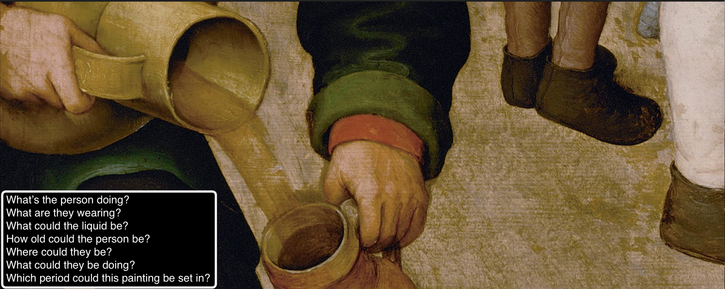 Image Credit: Google Arts & Culture features content from over 1,000 leading museums and archives who have partnered with the Google Cultural Institute to bring the world's treasures online. Image Credit: Google Arts & Culture features content from over 1,000 leading museums and archives who have partnered with the Google Cultural Institute to bring the world's treasures online. Many exams involve describing, comparing and contrasting pictures as well as hypothesizing about them and giving opinions. I love using artwork in my English lessons as it exposes people to lovely works while practising language skills. Using the GOOGLE ART PROJECT a few years ago I expanded a painting to its maximum size to expose incredible details not normally visible to the eye, at the same time making the painting difficult to recognize. This is excellent to hone describing skills as well as hypothesizing about its style and artist, hopefully leading to recognizing the painting. I therefore CHALLENGE YOU to SPEAK ABOUT this FIRST IMAGE of the painting and SEE IF YOU CAN GUESS what PAINTING it is! More images of the same painting to come soon… Write your answers in the comments below! Some language to use: I’m not sure… could may might It must be… It can’t be… I don’t think it’s… Perhaps it’s… Maybe it’s… This activity can also be done in pairs so as prompt each other with questions such as: “What do you think?” “Do you agree?” “Have I missed anything?” I hope you find this useful. Please leave any comments below and if you like this blog, please subscribe for more updates. Susan How to GET even YOUNGER STUDENTS or ELEMENTARY students SPEAKING EASILY!
Speaking is the least practised skill due to limited vocabulary, shyness and a tendency to be ashamed of making mistakes. Yet it is the most important skill for communicating and the one which one needs most when travelling and on the job, be it face-to-face or over the phone.
So speaking is very important right from the start, even with limited knowledge of vocabulary and tenses. Getting the mouth to shape the words and making mistakes is fundamental to building confidence and practising pronunciation. I always encourage speaking from the start even for elementary students and young children. But very often they are at a loss for ideas of what to say. So I decided to get about 80 small pictures and laminate them, dividing them into two categories:
I put a small piece of rough velcro on the back of each and made ‘velcro boards’ with the soft part of the velcro so that students can stick the two pictures on the board next to each other. It takes a little preparation but they can be reused infinitely, creating new sentences every time. (‘Velcro boards’ also allow students to quickly create ‘stories’ with a series of pictures or daily routines which they can then tell the rest of the class.) The two categories are spread out onto a desk, category 1 on the left and category 2 on the right.
Students have to simply choose two pictures: one from each category. They then invent a sentence in whichever tense you are practising to describe what is happening.
Younger children also enjoy making up silly sentences (e.g. ‘A dolphin is flying in the sky.’) but as long as they know the meaning it adds up to a little creative fun.
More advanced students can enrich the sentences with adverbs, adjectives and perhaps why this event is taking place:
I hope you find this useful. Please leave any comments below and if you like this blog, please subscribe for more updates. Susan International sports events bring people from all over the world to compete together - English being their common language of interaction. Some speak it better and some speak it worse but somehow, even basic communication illustrated with explicit gestures is sufficient for them to understand each other. The real problem arises when the cameraman makes a closeup of your face while someone interviews you live about your performance. I travel around a lot to follow my children in their international speed skating events. We are just returning from Holland after an eight day European Speed Skating Championship from which I can proudly say my daughter is returning with one silver medal and one gold!! She confirmed herself European Champion in exactly the same race as she won gold in last year. A part from my children, who I made sure speak fluent English (bilingual with Italian), all the other athletes from different nations had varying degrees of difficulty and/or shyness to let themselves be interviewed. Those from Mediterranean countries having many more difficulties expressing themselves in English & so avoiding interviews or speak telegraphically: 'Yes', 'No', 'Very good', 'Very happy'. I have therefore decided to prepare some basic questions and answers with which athletes can prepare themselves to face a television camera with more confidence and answer the interview questions a little more professionally, making the interview also a little more interesting to listen to:
Interviewer (I): "Hi, you have just won a gold medal in this race. How do you feel?" ATHLETE (A): "I'm really excited. I trained really hard to reach this level and this is the result." Interviewer (I): "Was the race difficult?" ATHLETE (A): "Well, it was a little fast/slow/tricky but I managed to come first." Interviewer (I): "What are your next goals?" ATHLETE (A): "With these results I hope to be able to take part in the .... Championships." These questions were conceived to be very general so they can be used for various sports. If you have any interview questions & answers you'd like to prepare specifically for your sport then please contact me through my website or also here. Don't forget to subscribe to my blog so as not to miss any blogposts. If you'd like to improve your listening and speaking skills take a look at and subscribe to my YouTube channel. THE HISTOMAP is the first historical map I have found which presents 4000 years of history and the relationships between populations at a glance! Below are just a few ideas, vocabulary and expressions to ask questions with: - Prepare questions using: How long...? Which... ? When... ? Where... ? Who... ? etc. - Comparisons. ' - more powerful than - the most powerful - as... as - New vocabulary, verbs, passive tense and collocations: - conquered (by) - reign lasted - were in power for - lasted - weak / strong - great - destroyed (by) - short-lived - long-lived - Western / Eastern world - Middle-East - developed - grew - maintained - people vs population You can download THE HISTOMAP below. I found it freely downloadable in Internet .. Hope you find some stimulating questions to ask with it! Susan If you have NO TIME to STUDY but want to improve your English in 10 minutes a day, while you are DRIVING TO WORK or MAKING DINNER, check out LEARN ENGLISH NATURALLY with GUIDED FLUENCY & LISTENING PRACTICE ONLY 10 minutes a day take you a very long way… http://bilingual-communications.weebly.com/store/c1/Featured_Products.html Also check out MY PLAYLIST for more of Susan's ESL Learning Videos (Chants & Songs) https://www.youtube.com/playlist?list=PLrvV_PywFOlxgfR5RpMw7rLsI6ai3yHai
Songs always bring a breath of fresh air into the SONGS in the classroom: GRAMMAR GALORE – intermediate / advanced / teens / adults lassroom and are greeted with joy. I usually try to choose songs, which are not only clear and fairly easy to understand but have meaningful content for language learners such as grammar, phrasal verbs or vocabulary pertinent to what we are studying. A wonderful song full of all kinds of grammar and expressions that is for intermediate / advanced students is HOLLYWOOD – Michael Buble. The catchy tune is fun to listen and sing along to whilst the rich assortment of language leads to all kinds of possible adaptations for practice – some of which I have suggested at the end of the document to download. You can download the worksheets to the song below. Feel free to delete or translate the Italian into another language. Can anyone suggest any other songs for practising grammar revision? Hope you have fun with it! Susan
If you liked this song, check out my playlist for other chants and songs:
YOU TUBE PLAYLIST: Susan's ESL Learning Videos (Chants & Songs) Chants are a very repetitive way of embedding expressions in the brain so that they become second-nature and just 'sound right' without having to resort to learning grammar rules and translating from one's own language with the inevitable often horrific results. I have been setting expressions to music and rhythmic chants for decades with excellent results. GOOD AT is an expression which many of my students just cannot remember and I would like them to be able to use collocations spontaneously - so I have invented this chant in the hope of fixing this expression forever!! You can download the worksheet to the song below. Hope it's useful! Susan
Many of my fluent English students make mistakes that make their English sound UNnatural. One of these is when narrating events, they tend to say ... and AFTER I went shopping… instead of saying ... and afterWARDS I went shopping. AfterWARDS… means ‘after THAT’ and it avoids having to repeat what was mentioned earlier: I brushed my teeth and after brushing my teeth I went to bed. To avoid repetition we say: I brushed my teeth and afterWARDS I went to bed. So next time you narrate a series of events, remember to say: First… Then… AfterWARDS… Finally… and your English will sound natural. I hope you find this useful. Susan
The QUESTION CHALLENGE: a fast, fun, highly effective and exciting question formulating activity for any tense or level. Give each team of students a hotel reception bell (raising your hand is a less exciting alternative). Show only the first sentence with question prompt on the Interactive Whiteboard (or write it on the board). The first team to ring the bell (or raise their hand) gets to formulate the question.
The game should be fast paced for more fun and effective quick thinking The questions I attach in the download are to be formulated in the simple past for A2 level but depending on the type of sentence, higher and lower level challenges can be prepared. The challenge ends when all the questions have been formulated. I hope you have fun with this activity. Susan
A couple of days ago I came across a teacher’s blog* suggesting we should watch some 2 minute videos on nature by Conservation International and then ask the students to develop similar short speeches to present to the class. I tried this activity out in two different versions and was amazed by the results! These spectacular videos of nature are commented by actors impersonating an aspect of nature: Mother Nature, the Sky, the Ocean, the Mountain, Water, Ice and many more… In the first activity I asked some tired adults at the end of their late evening’s two-hour conversation lesson to watch the video on Mother Nature with subtitles in English. I then gave them 3 minutes to discuss in two teams what they were going to say impersonating Water in one group and the Sky in the other. They had to speak for between 30 seconds and a minute since it was late and the lesson was drawing to a close. One representative from each team made interesting and detailed descriptions of their characteristics as elements of nature filling the minute easily. Despite the late hour their speeches were very complete and they really enjoyed the brief activity. The second activity involved showing youngsters aged between 9 and 13 the same videos and having them repeat each sentence after the actor (stopping the video) and reading the subtitles. I then asked them to imagine they were an element of nature and to write it up. We subsequently recorded them reading it as well. The written work which resulted was pretty amazing for their age and they were truly interested in the work they were doing – not such an easy feat for this age group.
I therefore recommend this activity and would be curious to hear other experiences on the subject. The videos belong to the series: Nature is speaking. (*if only I could remember whose) I hope you like this suggestion. Susan VERBS & TENSES practised in a FLEXIBLE CARD GAME – HAPPY FAMILIES created with younger students29/4/2016 – a fun activity to practice the different VERBS & TENSES after having MADE THE GAME TOGETHER with the students… GETTING STUDENTS INVOLVED IN LESSON PREPARATION will make the CONTENTS MORE MEMORABLE... ONE GAME – MANY VERBS & TENSES: This blogpost is the development of a previous one I had written on involving students in lesson preparation for Happy Families. Before the digital era I had dedicated many days to preparing a large set of Happy Families cards based on vocabulary sets: cutting out pictures from magazines, writing in beautiful handwriting in different colours, covering the cards back and front with transparent sticky film - no laminating in those days. After much fun play in class, my bag of carefully homemade teaching resources was stolen from my car together with my old school uniform, I kept to show my students. So I lost all motivation to create a new set. Recently, however, I felt the need for that very useful game and realized that in the digital age it would be much easier to recreate. I suddenly realized how well it would also work with verbs and am now in the process of making a pack of cards for verbs and another for vocabulary which I shall share in due course. Not having any cards ready, I decided to involve my students of varying ages in creating sets of cards based on different VERBS and explaining the rules at the same time. THE GAME WAS A HUGE SUCCESS because, HAVING PARTICIPATED IN ITS CREATION, it was EASIER TO REMEMBER THE VOCABULARY and WORDS. As a result I have decided I will involve my students in lesson preparation more often in order to make learning more memorable for them. The cards are very flexible: using VERBS allows for TENSE PRACTICE during the game. Depending on the level of the students you can ask: Have you got “go swimming?” Yes, I have. Are you “going swimming?” Yes, I am. Do you “go swimming” everyday? Yes, I do. Did you “go swimming” yesterday? Yes, I did. Have you ever “gone swimming” in the ocean? Yes, I have. Will you “go swimming” with your friends? Yes, I will. Do you like “going swimming” in lakes? Yes, I do. … and so on… For those who don’t know how to play HAPPY FAMILIES:
You can download the game below in two versions:
Hope you have fun with it! Susan
English pronunciation has no logic but if you LISTEN carefully you will be able to hear the SUBTLE DIFFERENCES between how a NATIVE says a word & how a learner of English will read a word. DON'T READ! LISTEN & IMITATE the sound you hear - that's the correct pronunciation! Don't be distracted by the way it's written - LISTEN & REPEAT IMITATING!!
Tricky ENGLISH PRONUNCIATION Made Easy is a series to HELP students PERFECTION their PRONUNCIATION in difficult areas of English. Want to speak like a native? Say FACEsssssssBOOK SsssssssLOWLY like a SsssssssNAKE.... Learners of English tend to pronounce the letter S before a consonant at the beginning of a word like a Z so they ZMILE when it ZNOWS; they like ZWIMMING ZLOWLY and they offer UZ a ZLICE of cake just to give a few examples. It gives USsssssss GOOSEsssssssPIMPLES to hear that they live in a HOUZE, that they post THIZ photo on FAZEBOOK! So if you want to speak like a native pay great attention to how we pronounce the letter S in various contexts: http://youtu.be/zMbxBm3gpO8 You can download the picture below. I hope you find this useful. Susan
Tricky English Made Easy is a series to help students clarify concepts which are often difficult for learners of English. The use of BRING-TAKE-CARRY / FETCH-GET is problematic for students since, in many cases, the same verb for the different concepts can be used in other languages. CARRY is the easiest of all to explain since it involves TRANSPORTING WITH YOUR ARMS. The other verbs are best explained in the picture above (to download) in which I tried to make an explanatory diagram and in this excellent video by Vicki Hollett Simple English Videos: Come, Go, Bring, Take, Fetch, Get: Learn English with Simple English Videos https://youtu.be/ijuI7T-zpCM You can download the picture below. I hope you find this diagram as useful. Susan
A REAL BARGAIN is an amusing unit on the PASSIVE TENSE taken from Streamline English Departures (Hartley & Viney, OUP 1983) – my absolute favourite not only for teaching the passive tense but particulary for imparting a culture lesson on Houses in Great Britain. With its beautiful illustrations, rich housing vocabulary and amusing content – it makes a fun lesson on British culture. I usually ask students to read the text taking turns to be the Estate Agent and Mr. Palmer, the prospective buyer, stopping after each paragraph to explain the vocabulary and the passive tense as it develops:
As they read the story I ask very easy listening comprehension questions, paragraph by paragraph, which they do not have so they have to understand them and reread the paragraph to reply. I only explain the vocabulary and cultural habits we have as the story enfolds since I do not want to spoil the amusing ending to the story. Since I believe in full-immersion, I do not translate the vocabulary but define and illustrate on the board. This is also an opportunity for students to compare their homes and cultural housing traditions to the British ones – an opportunity for class discussion. VOCABULARY Estate Agent semi-detached house detached house cottage bungalow block of flats terraced house town house owners roof tiled roof thatched roof flat roof electrical wiring rewired redecorated (wallpaper is very common) wallpaper repainted central heating (as opposed to the old fireplace with the mantelpiece) brick stone services: - dustbins emptied - post delivered - milk delivered (the milkman with his silent electric van early in the morning) motorway It was only when a friend of mine came to visit my home in Italy that he opened my eyes to differences I had never considered: “Wow! You have real marble windowsills!” – British windowsills are made of wood which need to be constantly repainted to stop them from rotting. “You have beautiful wooden doors!” British doors are usually just painted over. “Your floors are solid marble or parquet!” British floors are loose floorboards with some kind of covering: carpet, lino… Any other main differences your students may have noticed watching films? Mine pointed out that in the USA and GB the kitchen sink is always in front of a window – true but I had never noticed. You can download the materials below. I hope you find this activity as useful and enjoyable as I do. Susan
The INTERRUPTION GAME: bombarding a classmate with questions – a fast and engaging speaking activity7/2/2016 The INTERRUPTION GAME: a fast, fun, highly effective and exciting no-prep speaking activity which engages all the class against one student.
Set your timer at 5 minutes. Choose a student to tell us their typical day from the moment they wake up till the moment they turn off the light to sleep. His aim is to get to the end of the day having given a very detailed account filling all the five minutes (no less – no more). The aim of the rest of the class is to stop him from getting to the end of his day by interrupting him with pertinent details regarding what he is saying:
The teacher listens and makes a note on the board of wrong questions or answers, which are only subsequently corrected altogether by the class guided by the teacher. I read about this activity in a blog about a year ago but cannot remember who to credit for it. In any case students tend to love it and participate eagerly with the consequential benefit of practice and learning. I hope you have fun with this activity. Susan There are teachers who feed information to students whether they like it or not and there are others who teach students to think – the latter are inevitably the best because they not only capture their students’ full attention but leave life-long learning lessons which go way beyond the subject they were teaching. Cattywampus is the story of such a teacher and I use it to practise reading this short piece aloud in class, verify vocabulary comprehension (see below) and get the students to tell us their own Cattywampus stories which we have to decide whether to believe or not. This activity is incredibly engaging for students (which we do in pairs) and the teacher has to inevitably go round helping with vocabulary to express their ideas. If you have an Interactive White Board you can READ IT ONLINE THROUGH LINGRO.COM to get vocabulary explanations: http://cbse-ncert-homework-help.blogspot.it/2013/09/best-teacher-i-ever-had-by-david-owen.html:
Once you have read the story ask students to answer the questions below the text to tell each other a story: what’s your opinion? Is it a Cattywampus? You can download the STORY with QUESTIONS below. I hope you have fun with this activity. Susan
The last few days before Christmas are marked by LOW CONCENTRATION and HIGH EXCITEMENT built up by all the pre-Christmas activities and the tiring end of the year. I usually reserve these following activities for just this last period and it always captures the students attention.
You can download the links to these activities below. I hope you have fun with these last-minute Christmas activites. Susan
Adults and children alike tend to sing songs often without thinking of their meaning. Christmas is a time for singing and I have broken down a Christmas song for teens and adults, Happy Christmas, as well as one for children, Rudolph, to practise adjectives and expressions. I start by singing the song, we then personalize the main sentences (see my sheets) to make them more meaningful for the students who will hopefully not only remember the new words and expressions repeating them in song but will also have fun doing so. You can download my sheets below. Feel free to delete or translate the Italian into another language. I hope you find the activity useful and enjoyable. Susan
|
Categories
All
Would you like regular English learning & teaching ideas? Subscribe to my blog so you don't miss a post!
AuthorMy name is Susan Brodar, born in London into a multilingual family and brought up bilingual English / Italian. Archives
December 2018
|
|||||||||||||||||||||||||||||||||||||||||||||||||||||||||||||||||||||||||||||||||||||||||||||||||||||||||||||||||||||||||||||||||||||||||||||||||||||||||||||||||||||||||||||||||||||||||||||||||||||||||||||||||||||||||||||||||||||||||||||||||||||||||||||||||

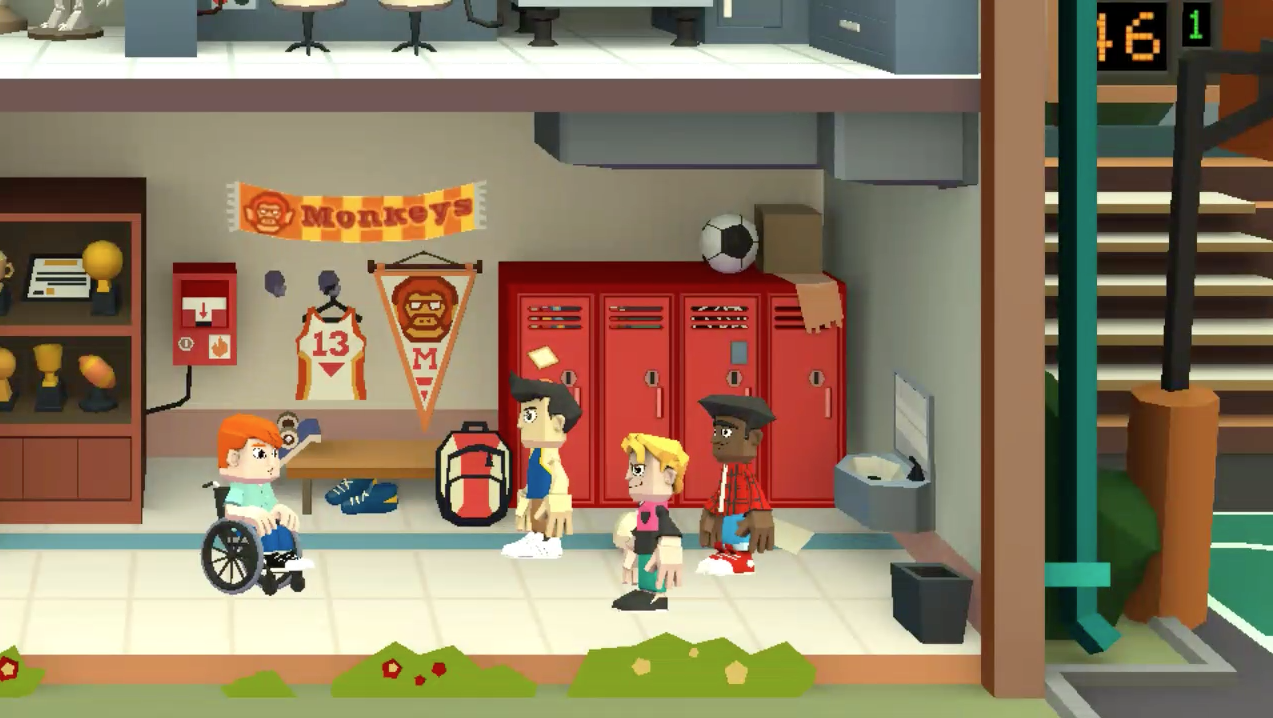
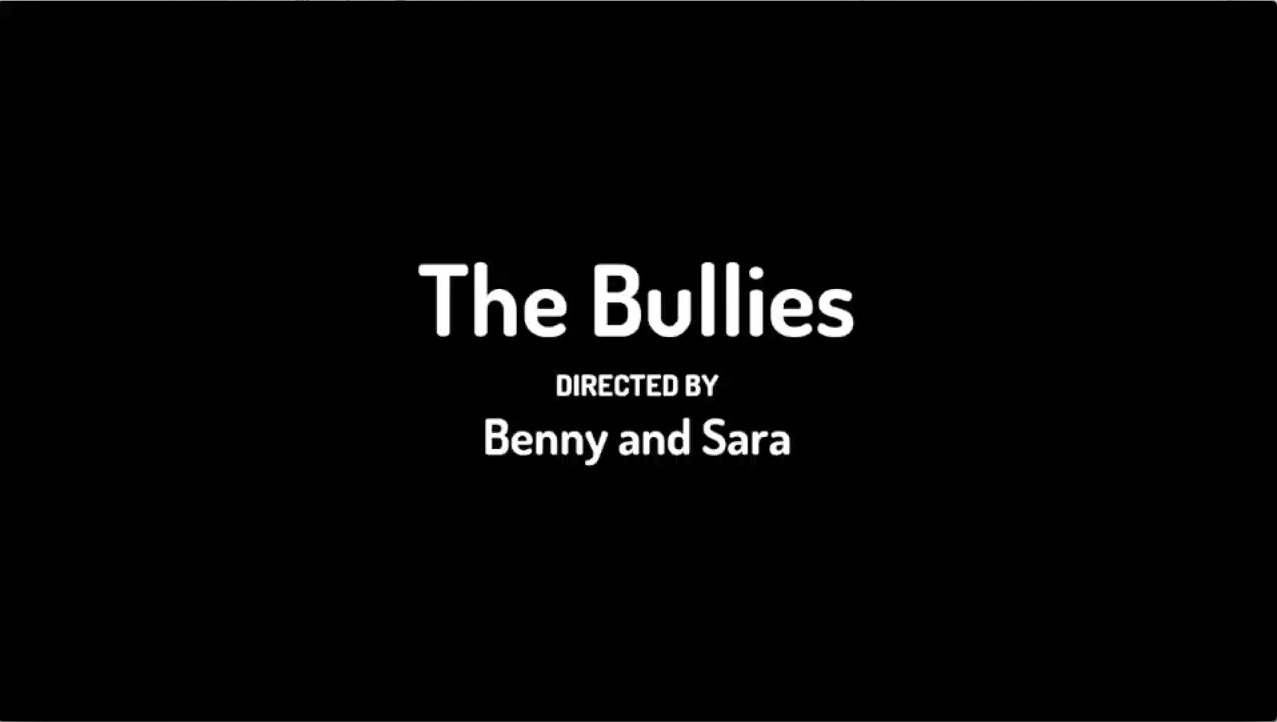
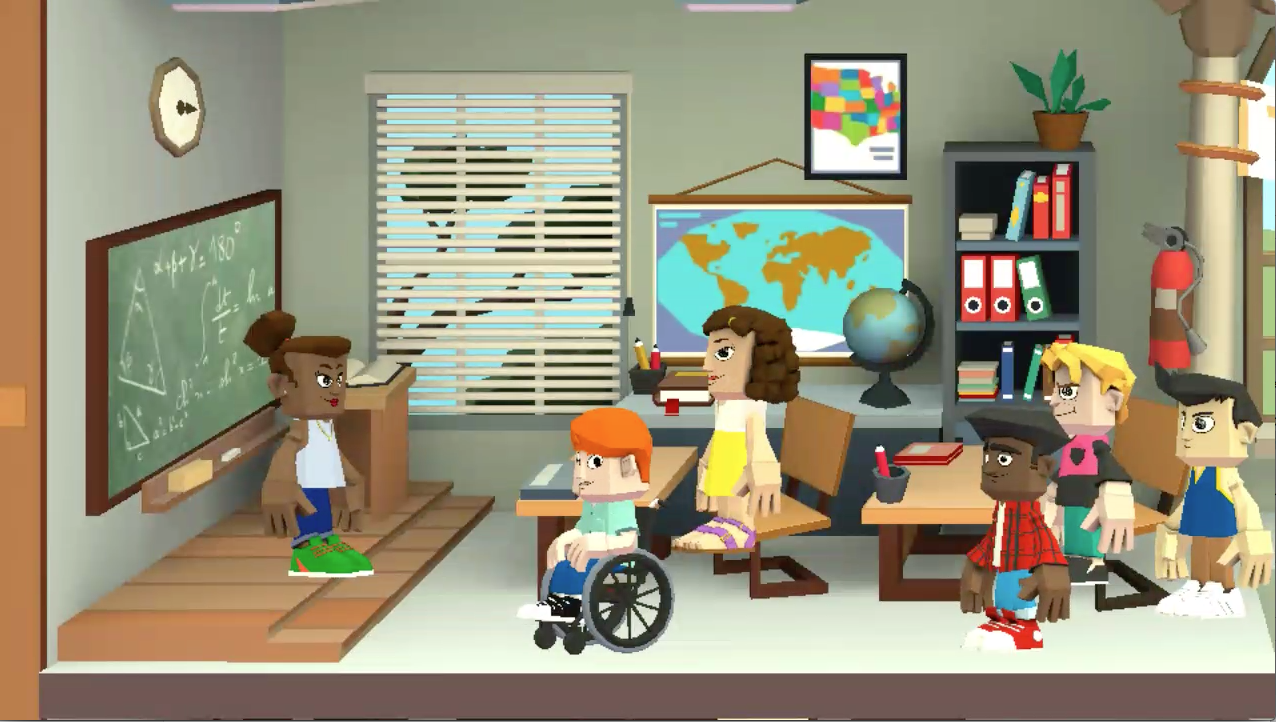
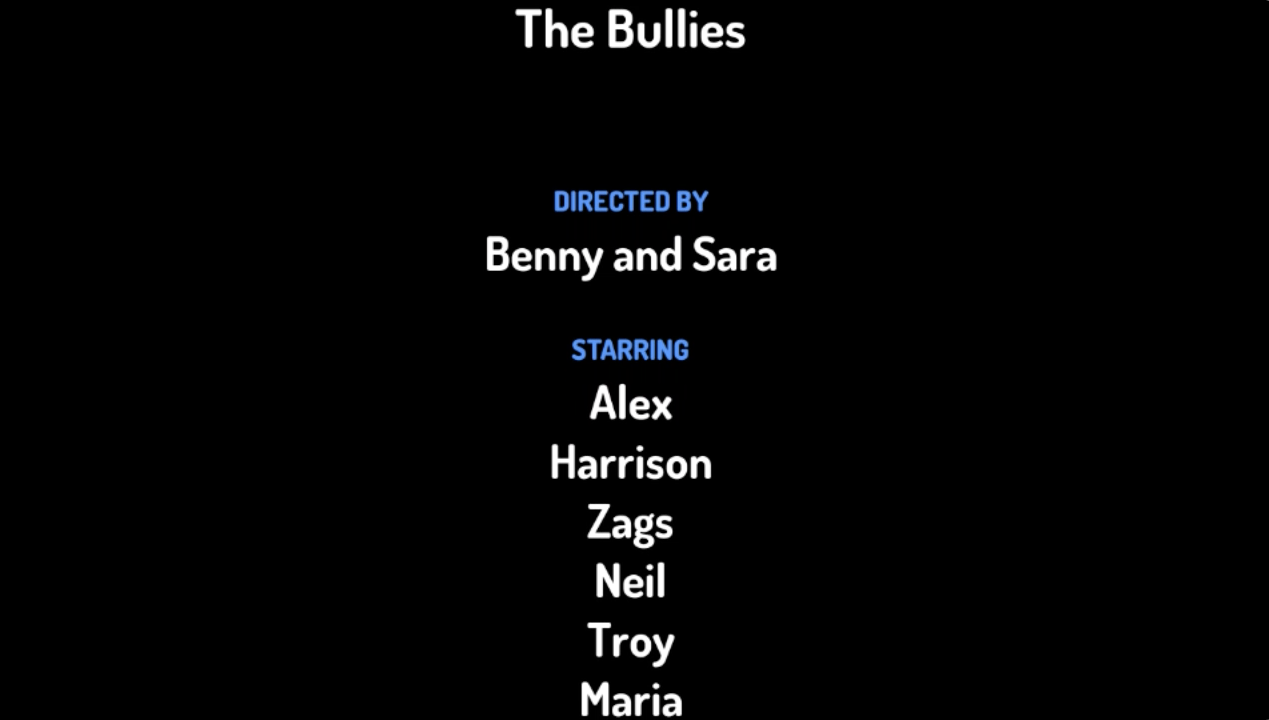
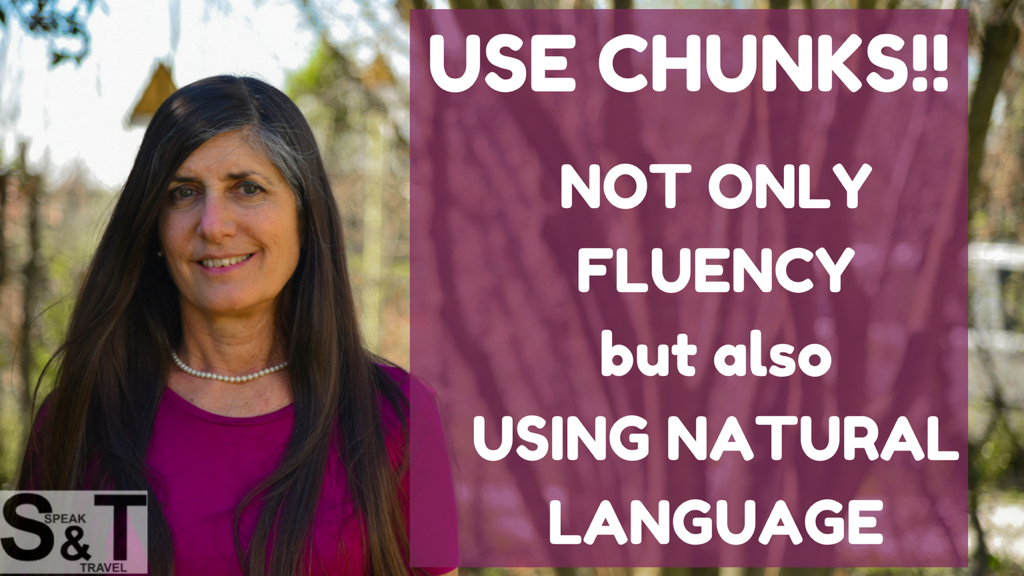

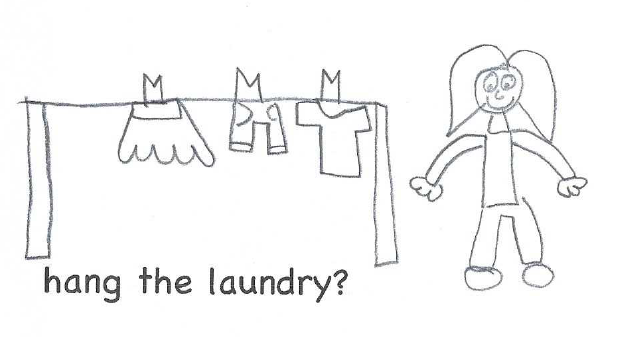


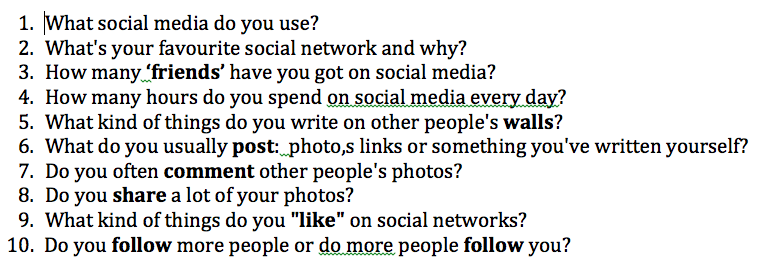

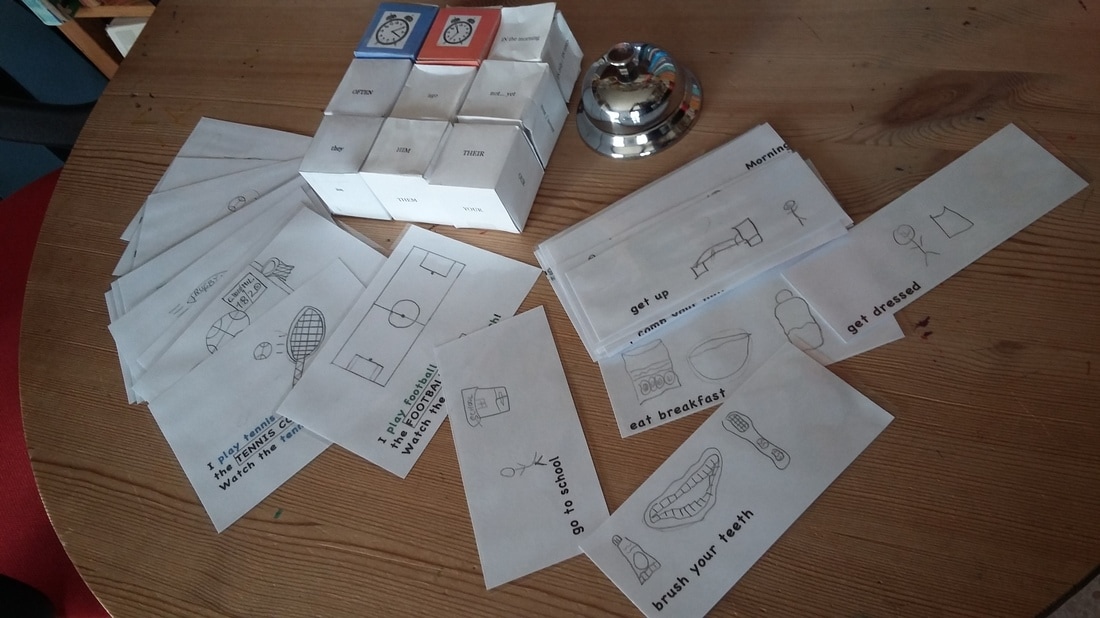


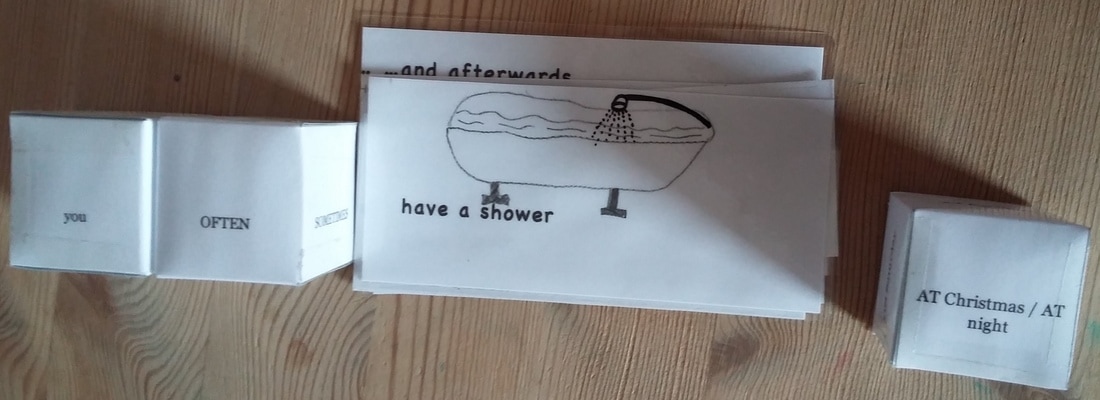


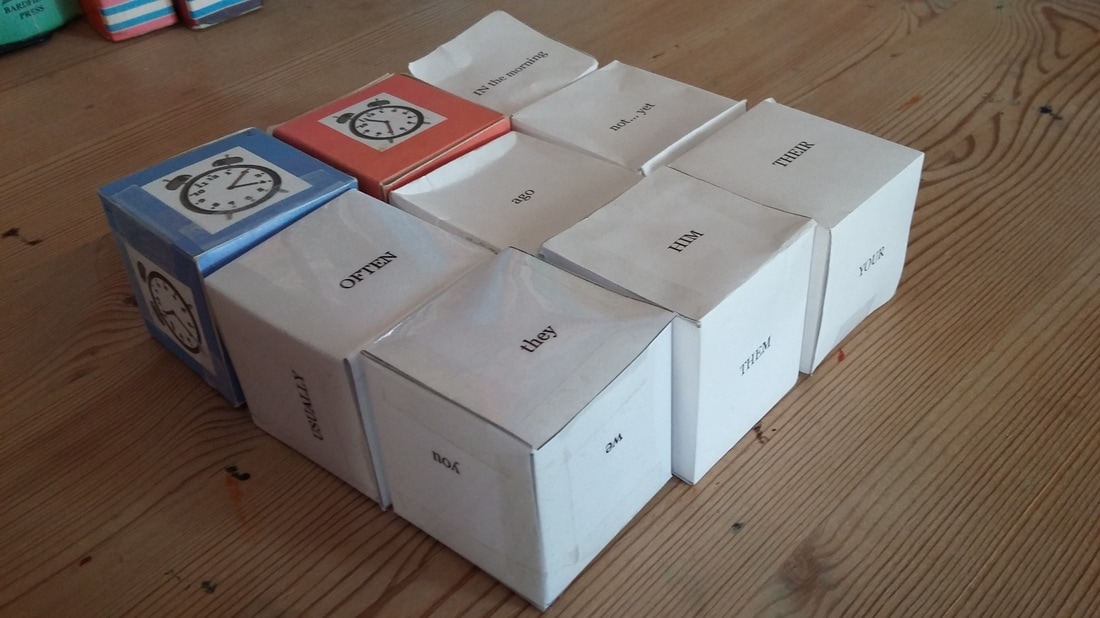

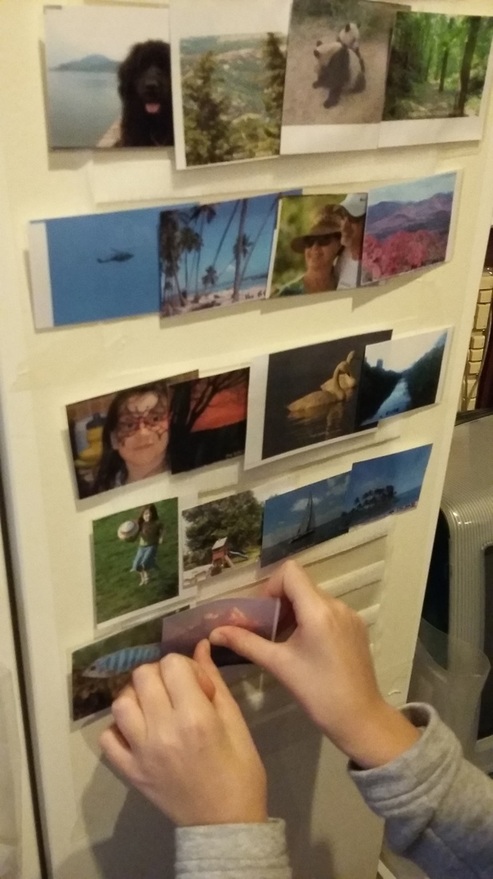
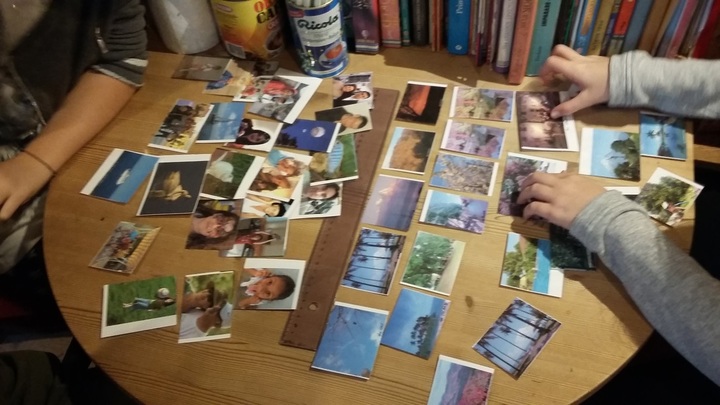
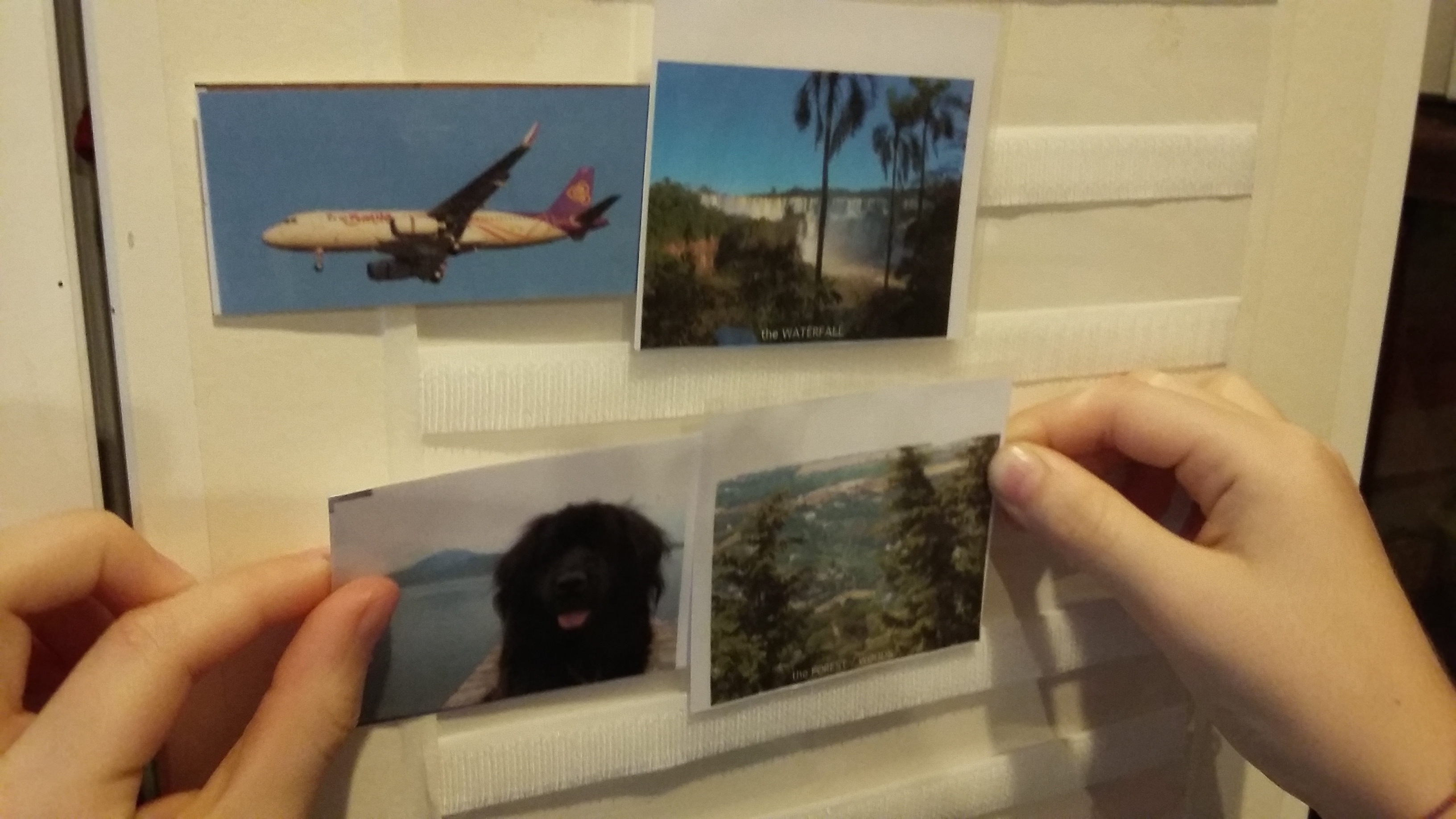



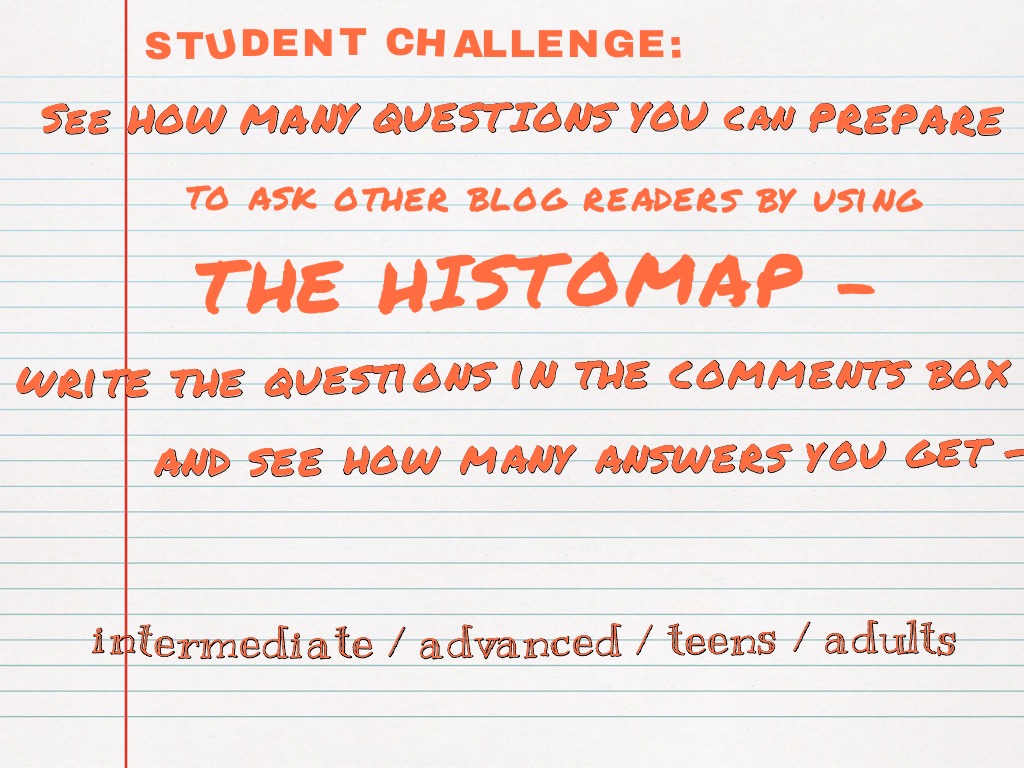
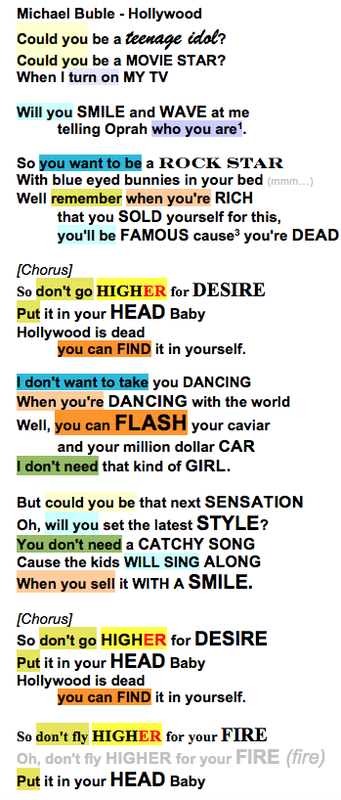
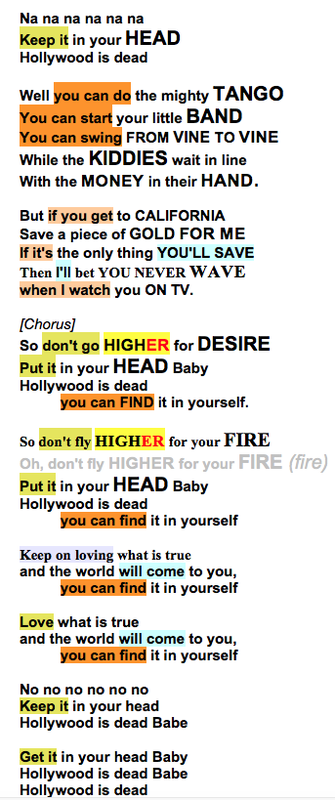
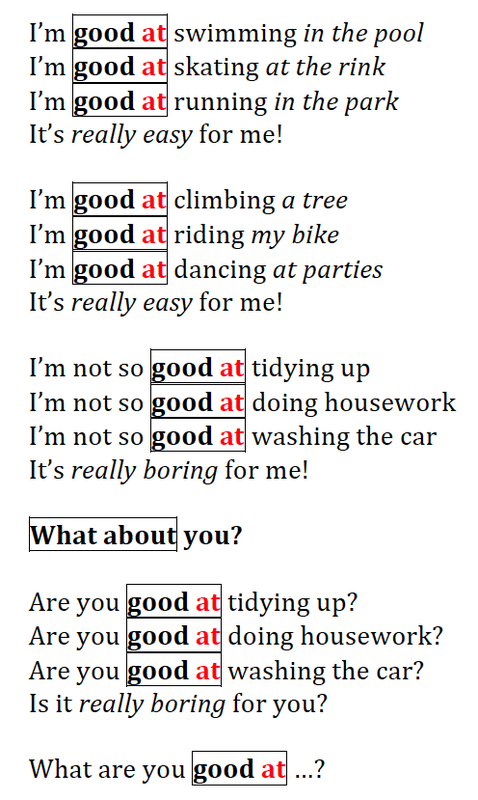
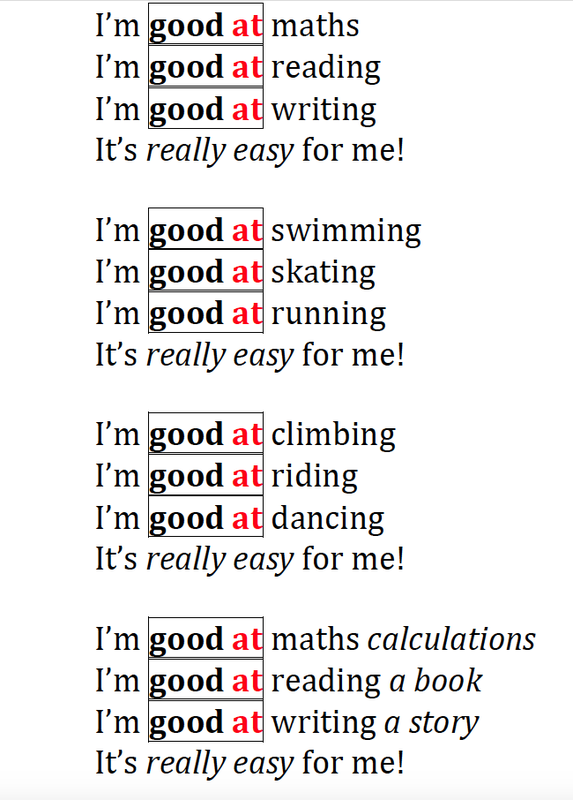
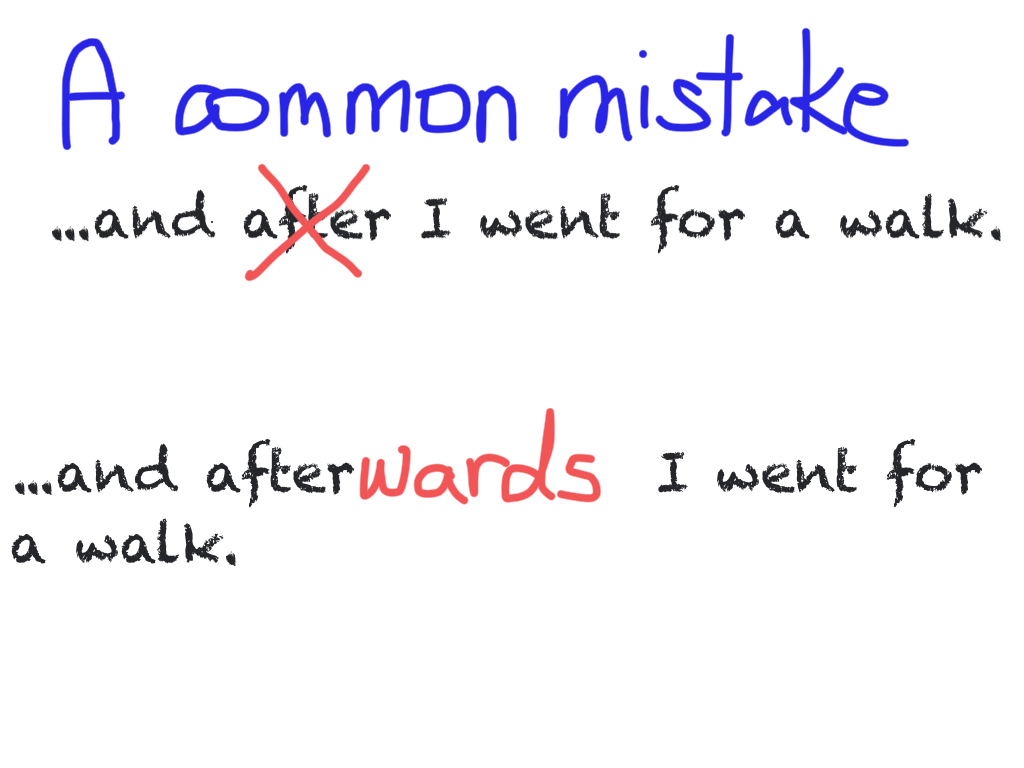
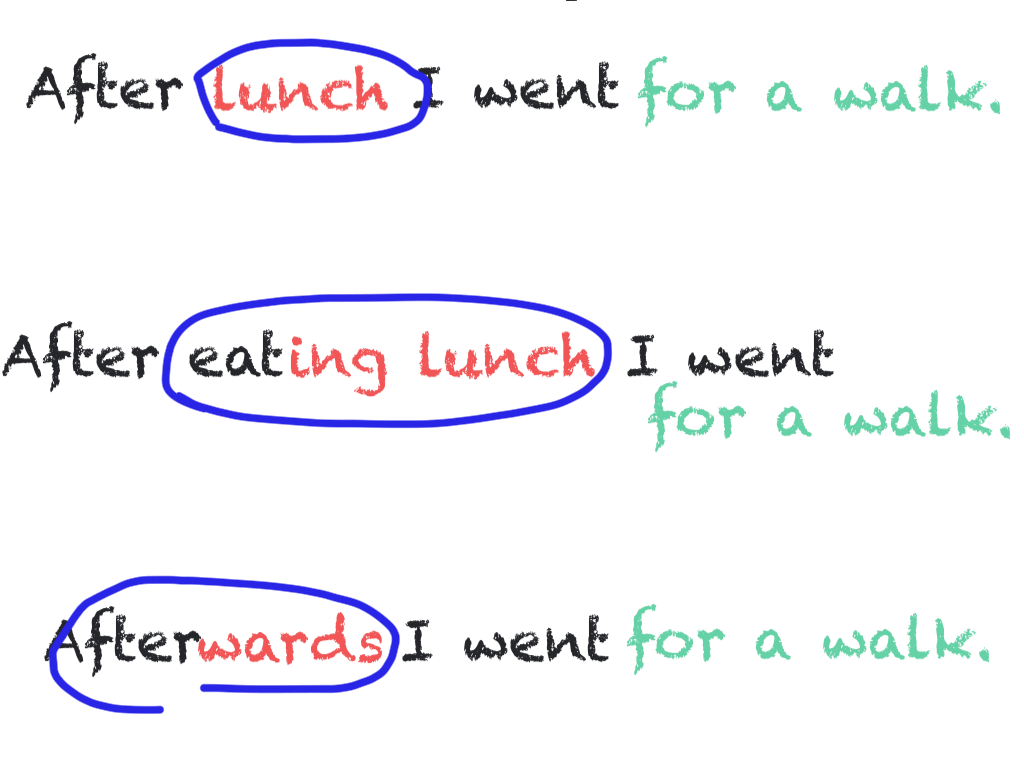


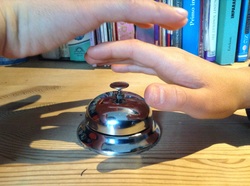



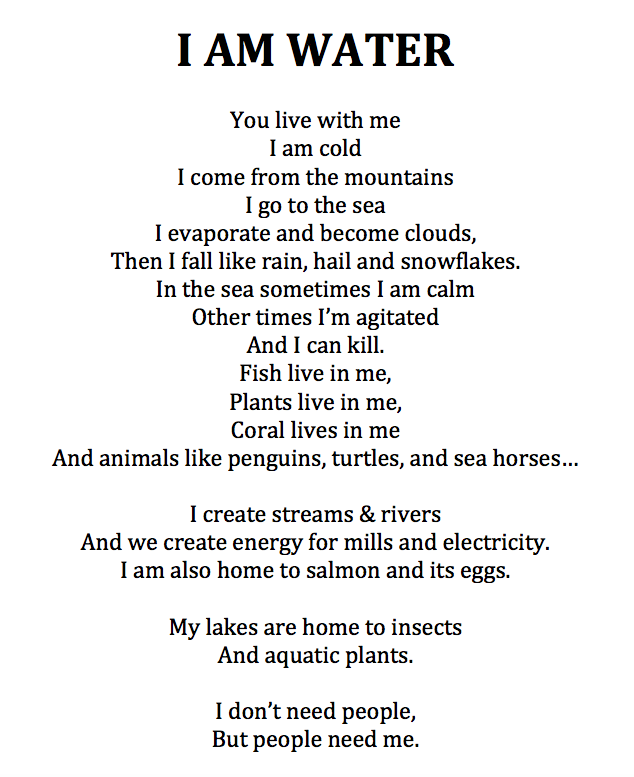
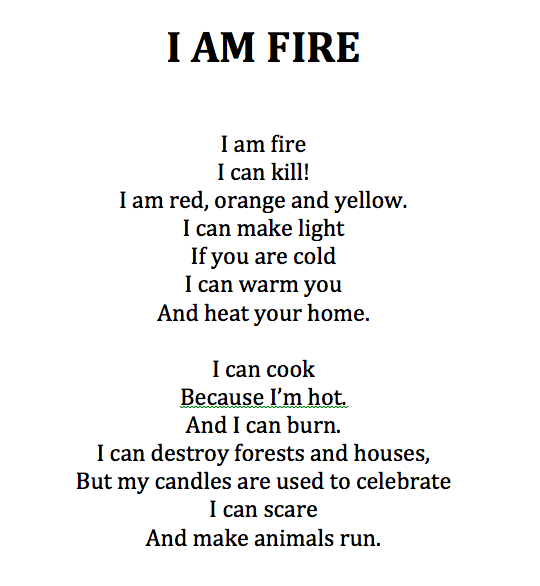

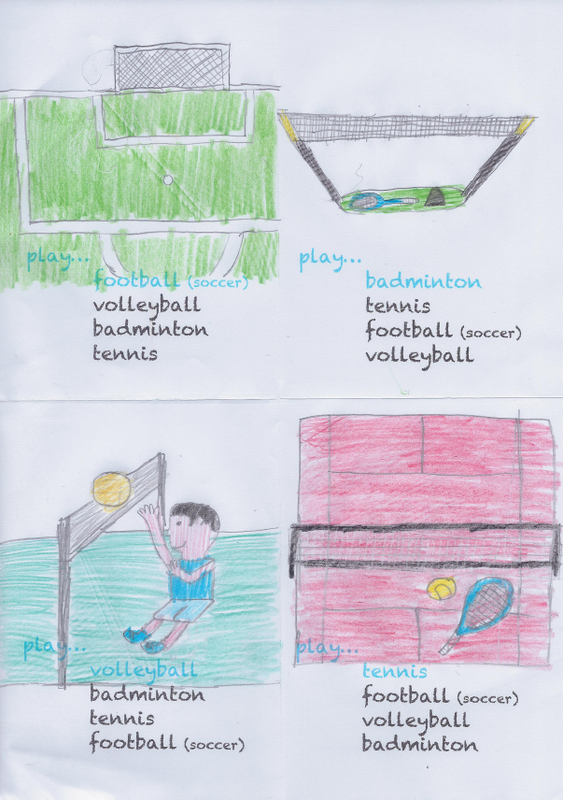
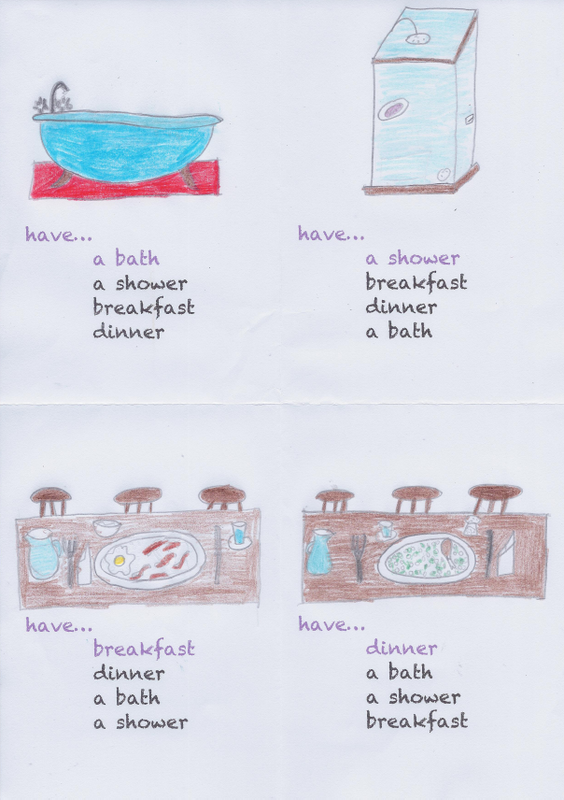
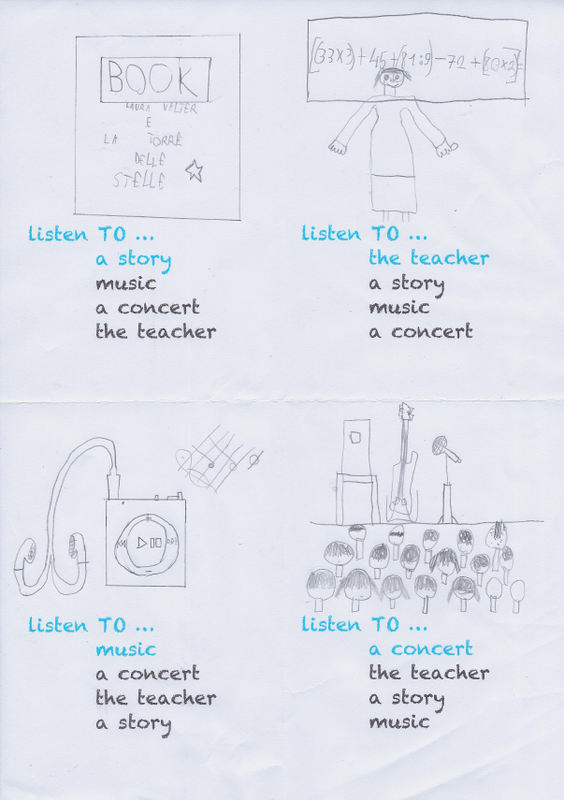
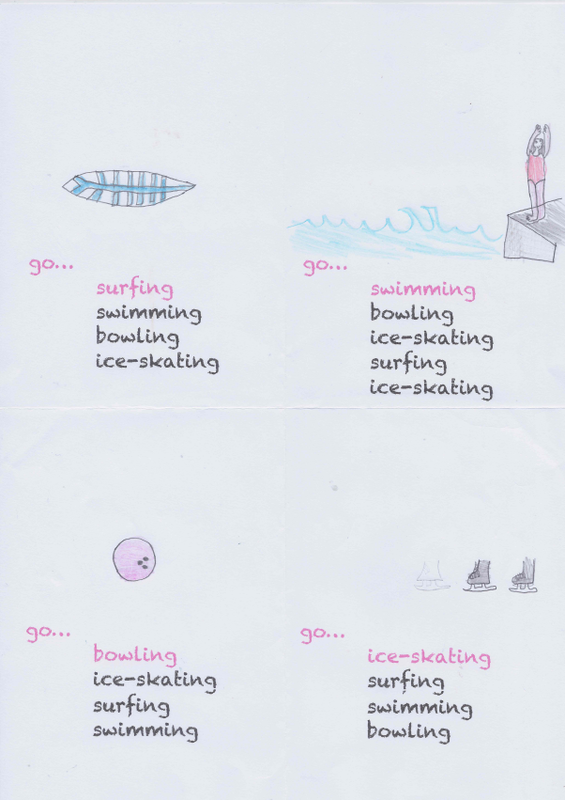
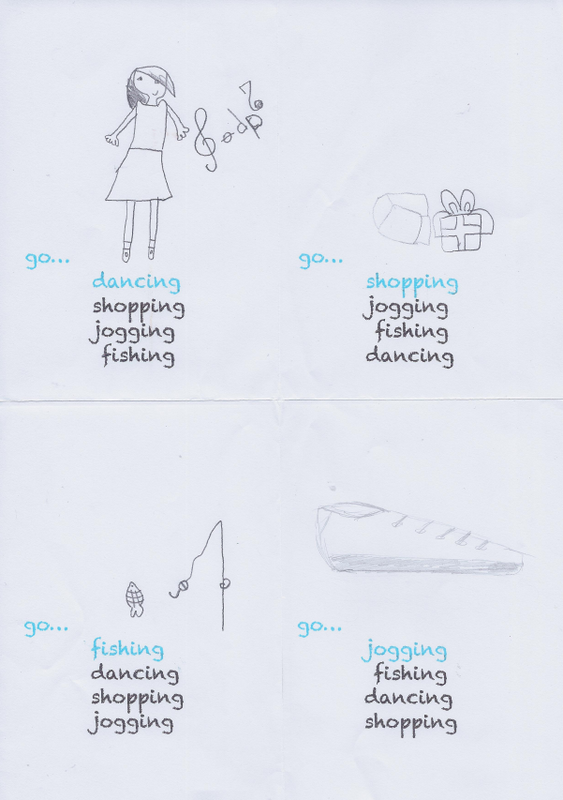
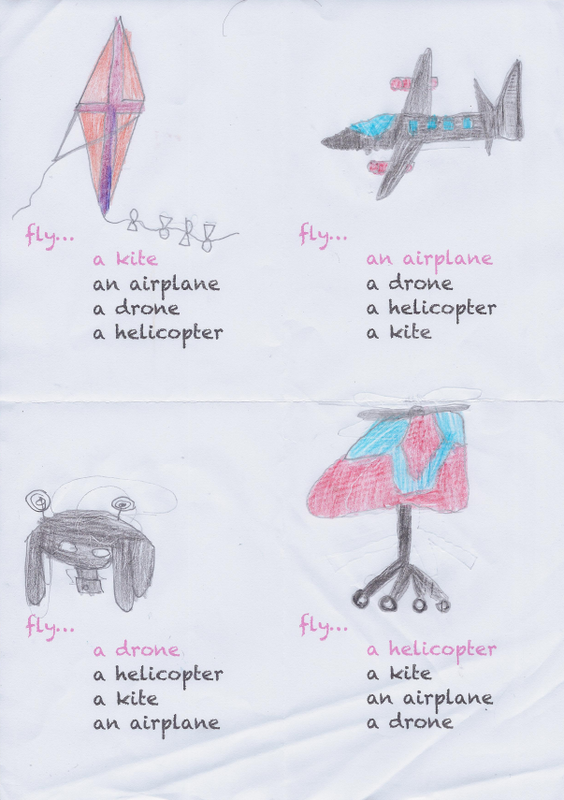
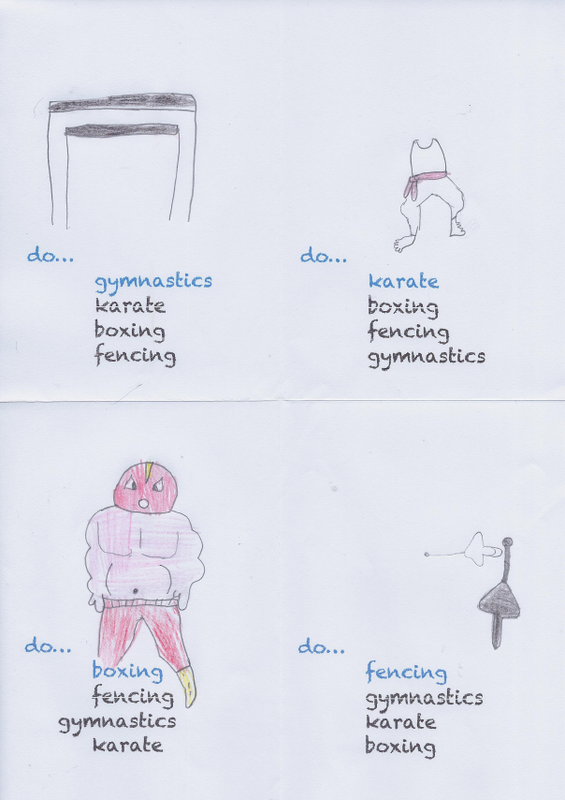
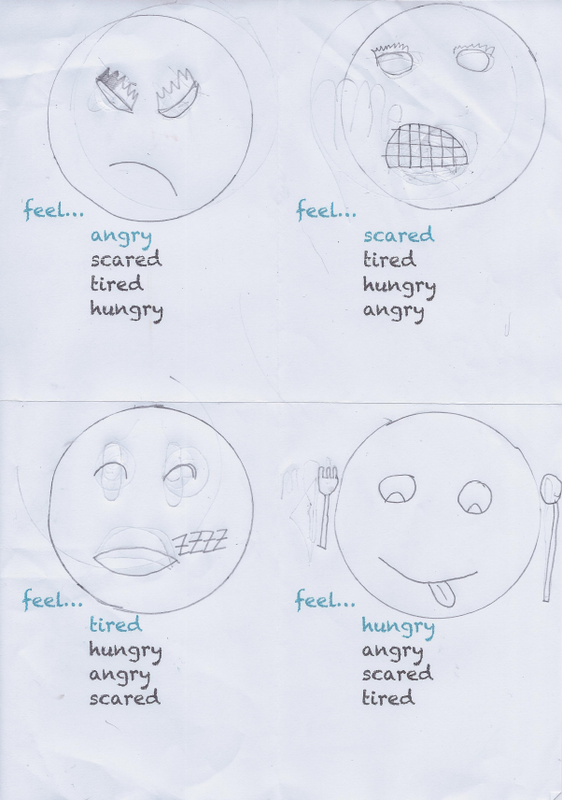
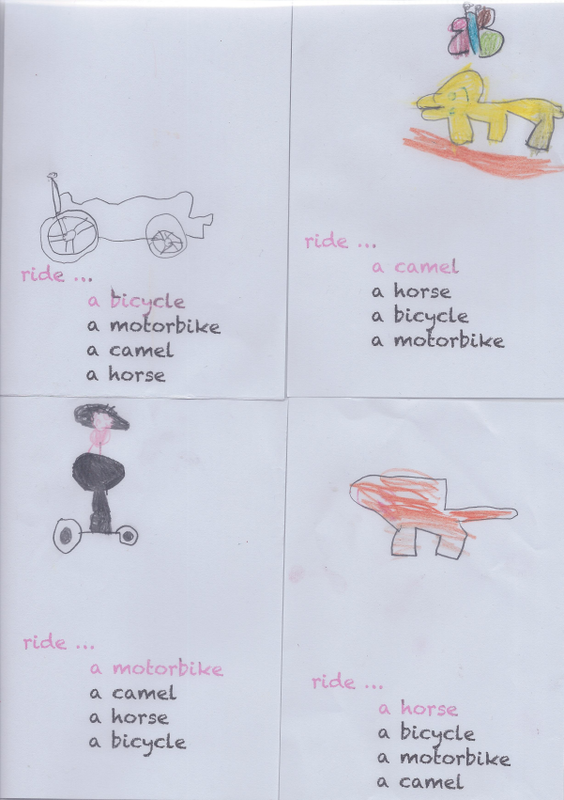
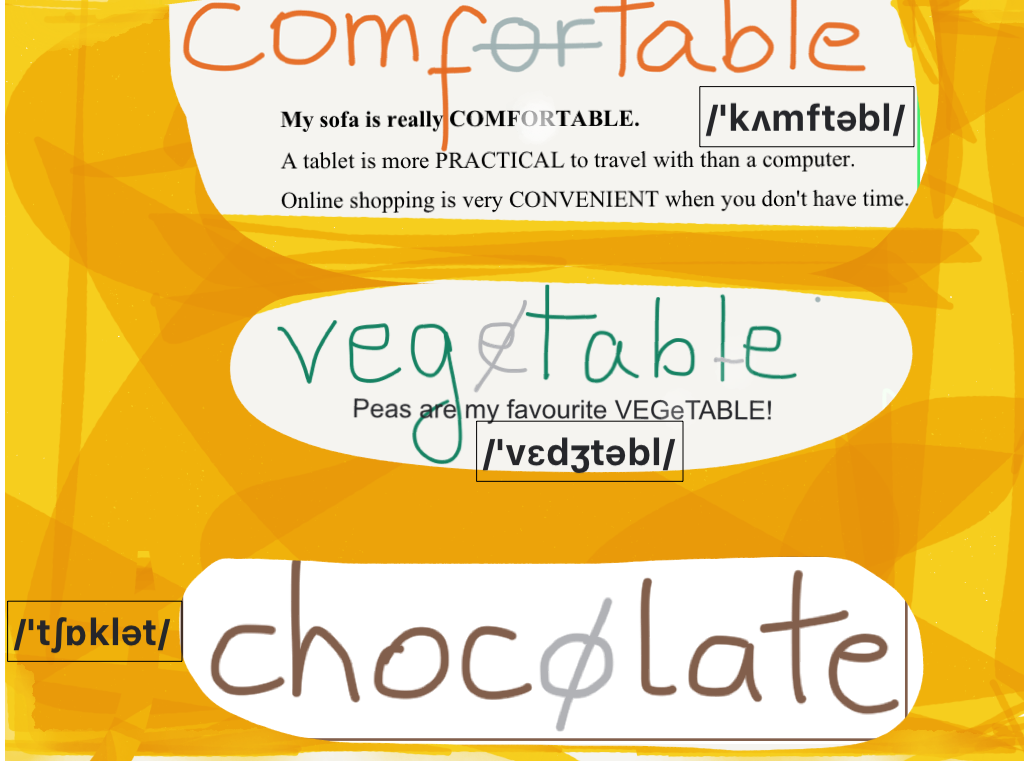
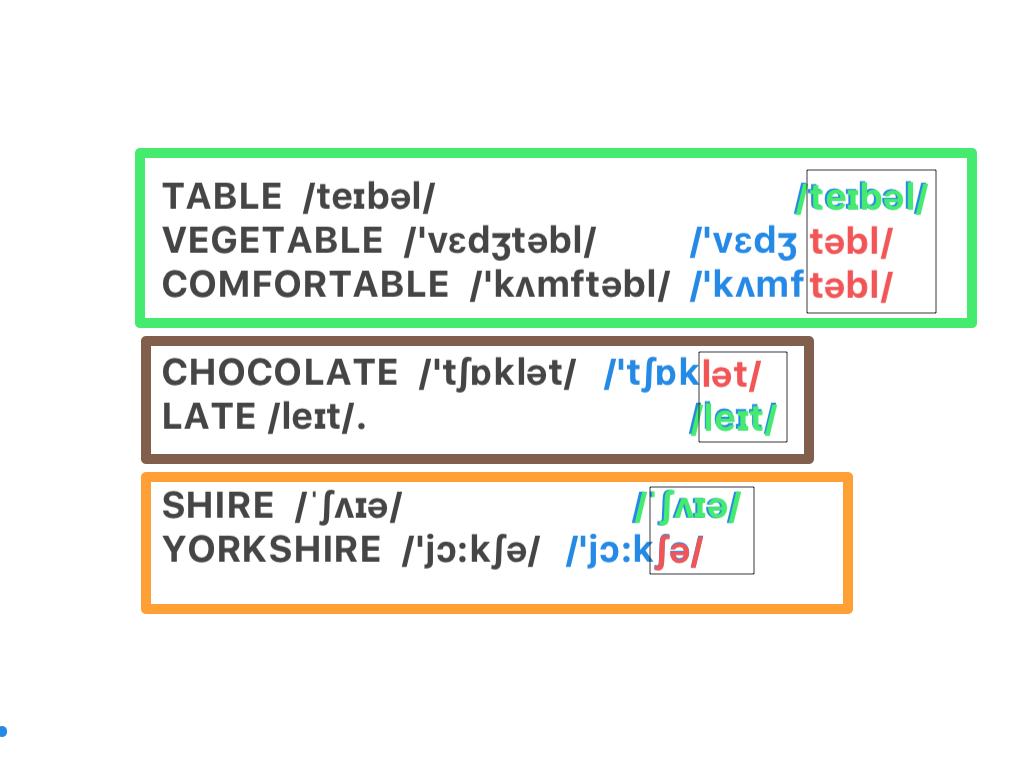
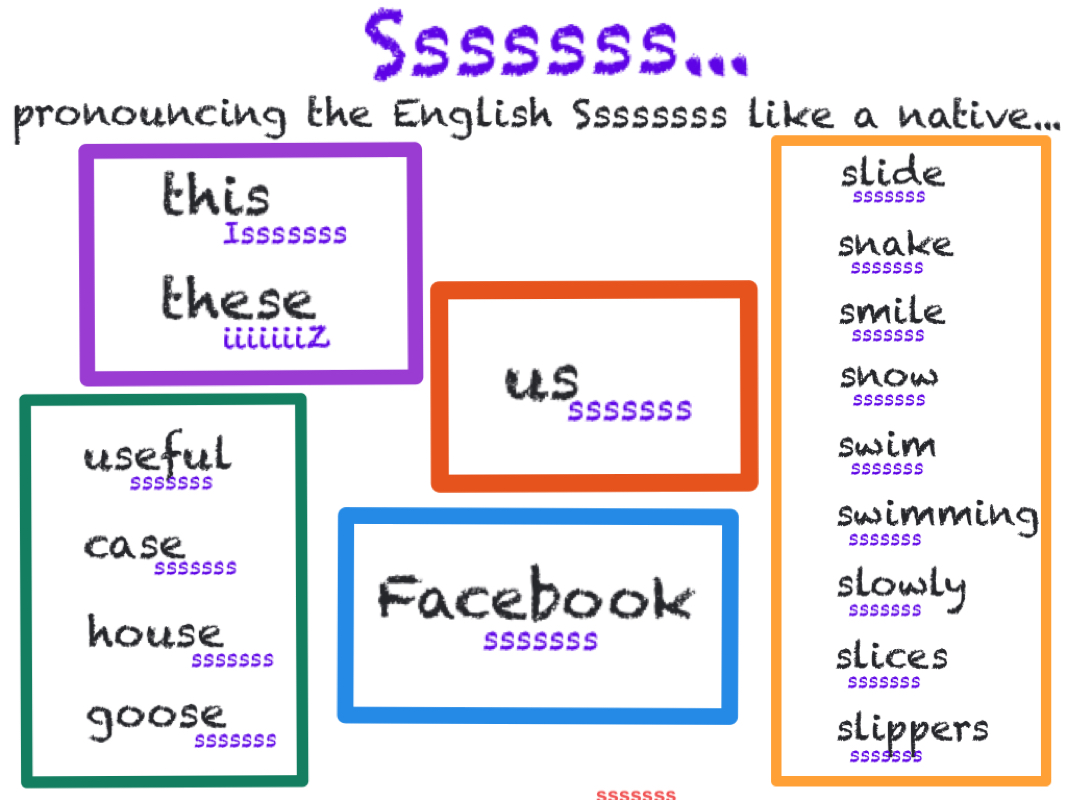
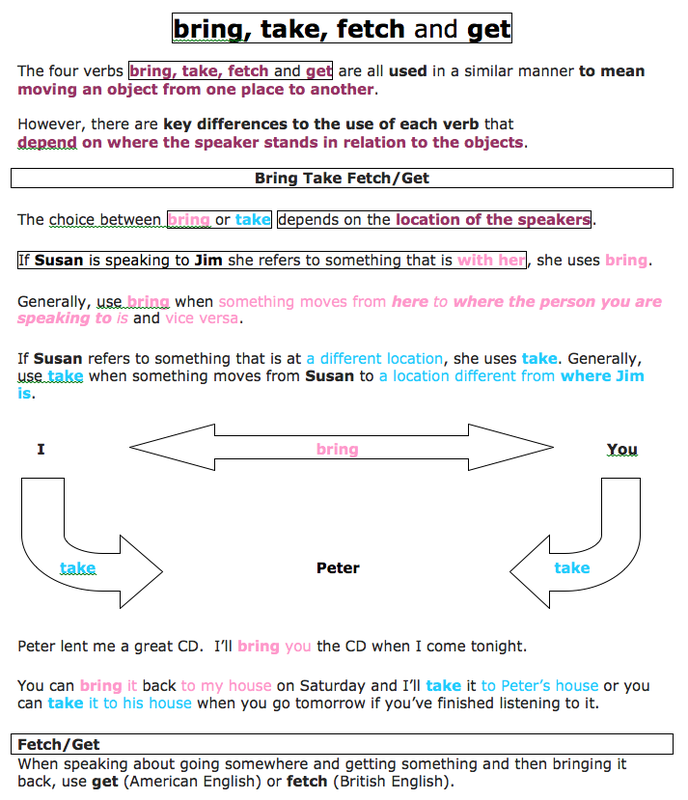
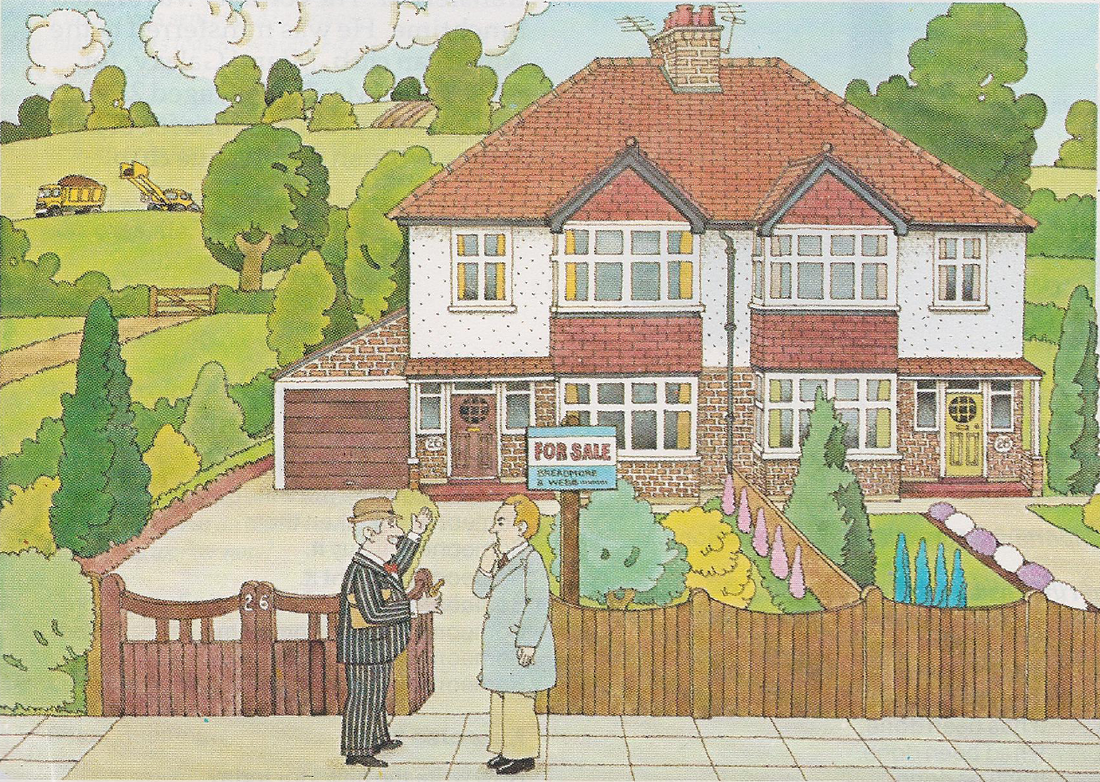
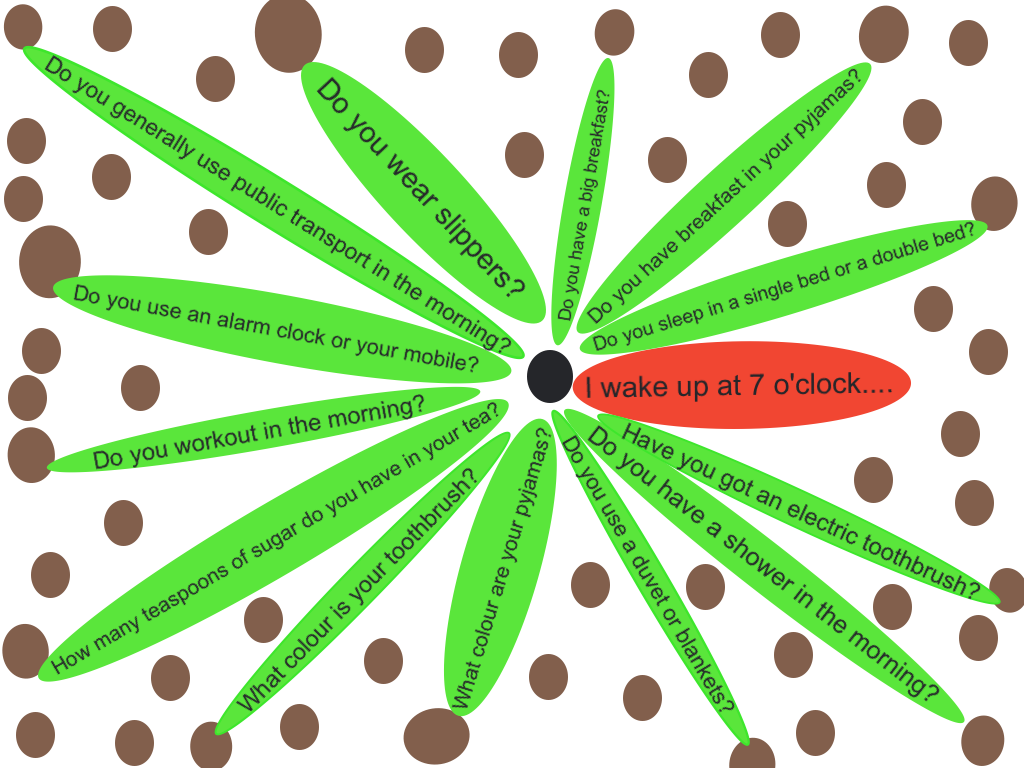
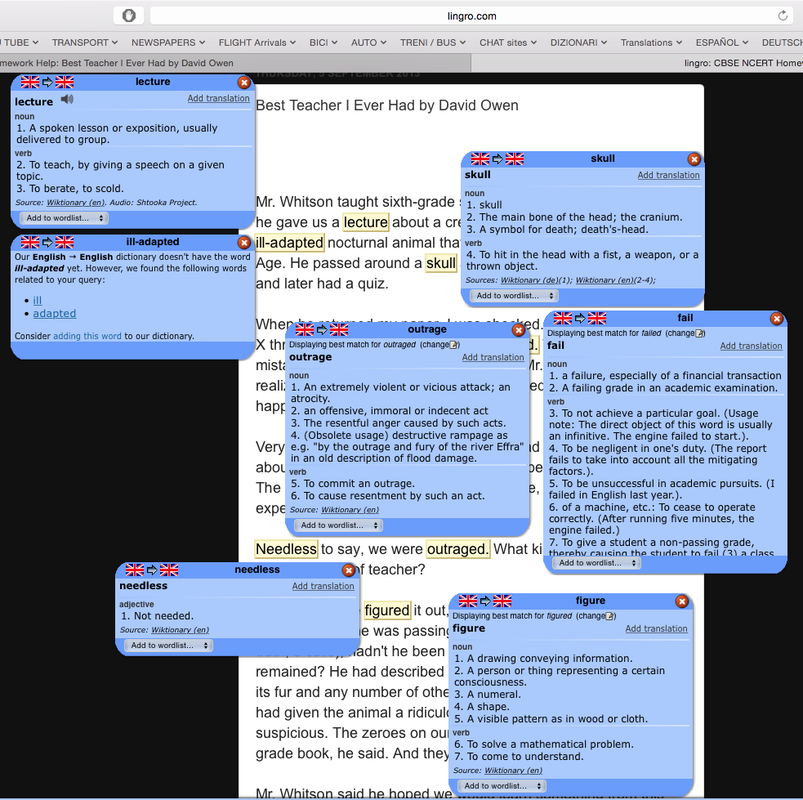
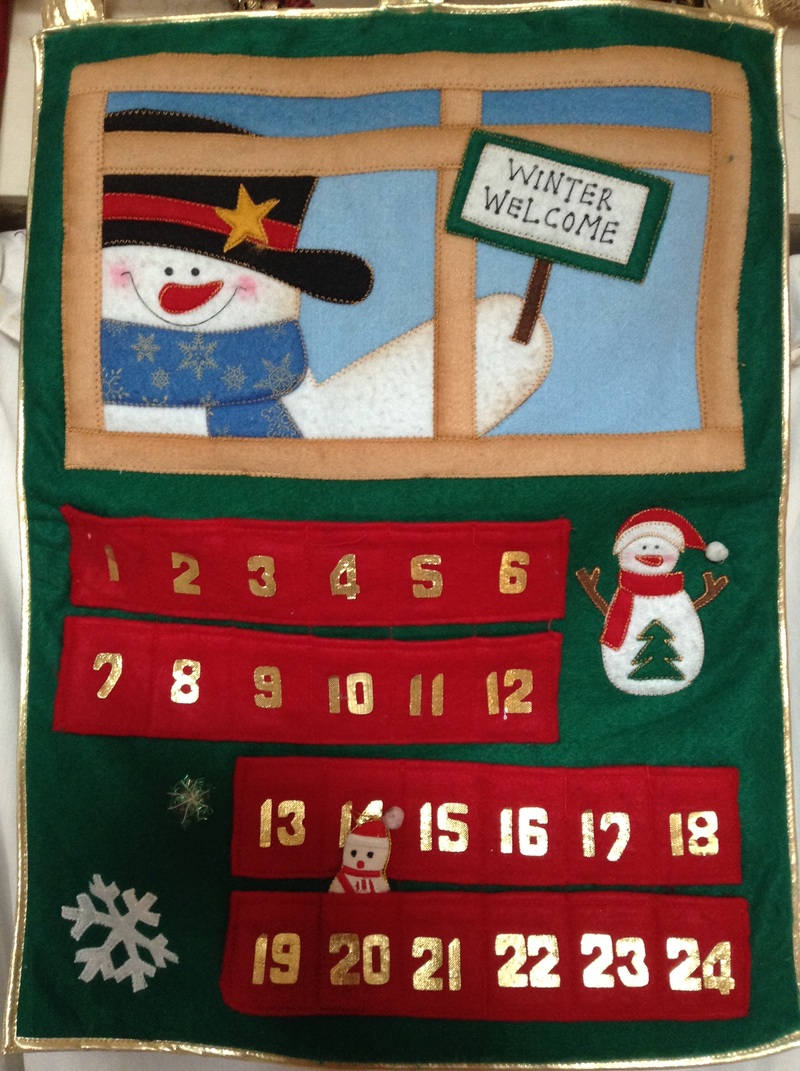
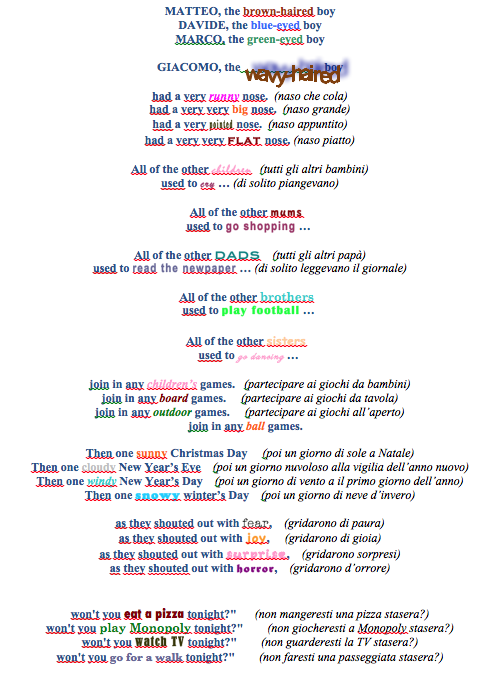
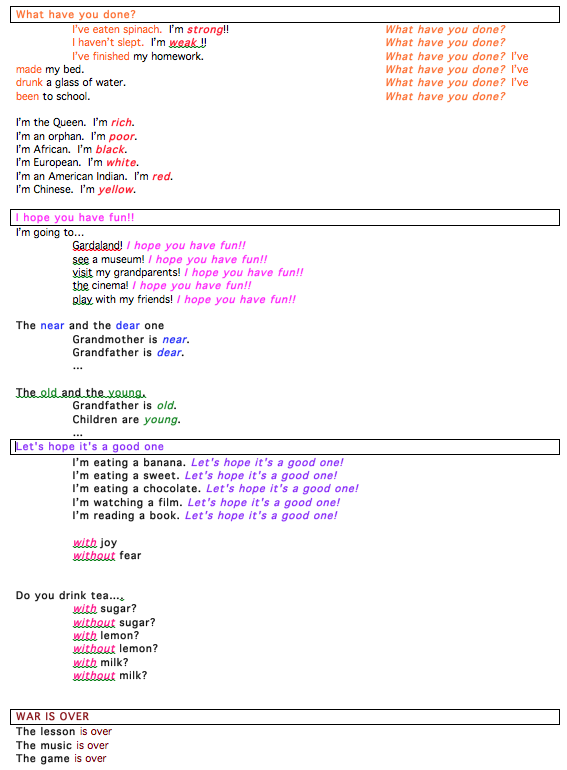



 RSS Feed
RSS Feed
